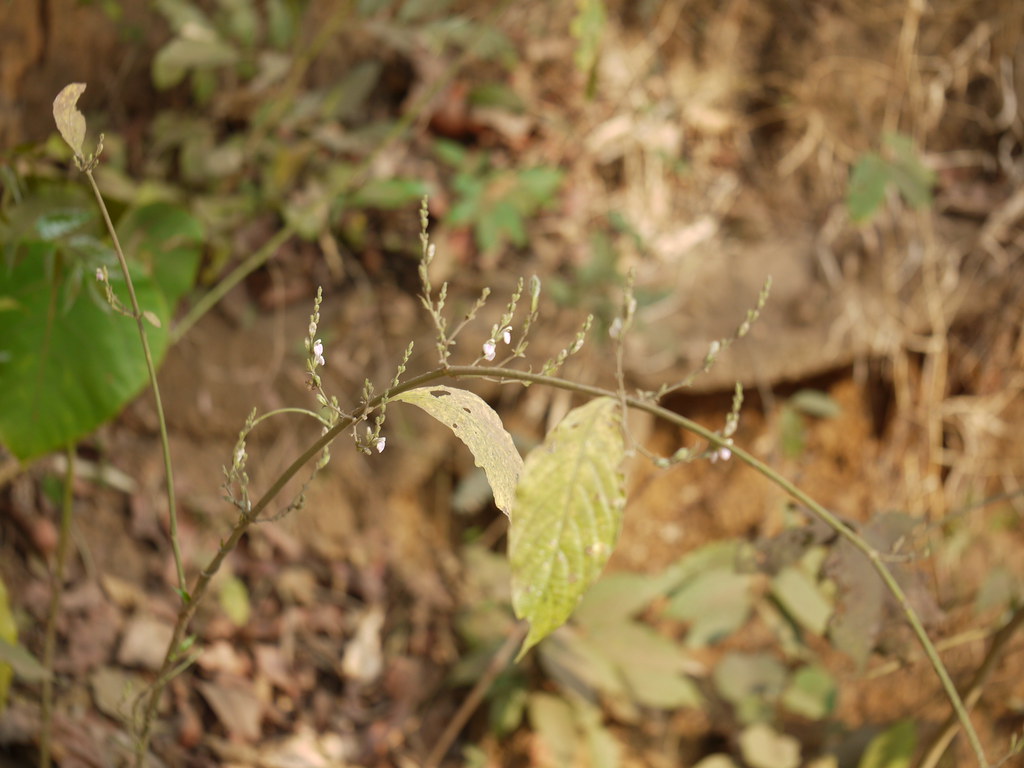Why Is Everyone Talking About Justicia Wynaadensis for Hair?
In Karnataka and Kerala, especially among tribal communities, Justicia Wynaadensis — locally known as Maddu toppuor Aati toppu — is applied during monsoons as a ritual and remedy. But recently, it has gone viral on social media for something surprising: hair regrowth.
So, is it a fad? Or does this leafy herb truly help reduce hair fall and promote healthy hair?
Let’s dig deeper.
Table of Contents
- What is Justicia Wynaadensis?
- Traditional Use for Hair Care
- Modern Claims & TikTok Trends
- How It’s Used for Hair Growth
- Are There Scientific Studies?
- Side Effects and Precautions
- User Experiences and Testimonials
- HTML Table: Truths vs Myths
- FAQs About Justicia and Hair
- Final Verdict
What Is Justicia Wynaadensis?

Justicia Wynaadensis is a seasonal medicinal herb native to the Western Ghats, primarily found in Wayanad, Coorg, and parts of Karnataka.
Local Names:
- Kannada: Maddu Toppu
- Tulu: Aati Soppu
- Malayalam: Vathamkolli
- Tamil: Manathakkali
Used for centuries in Ayurveda and tribal medicine, it is rich in antioxidants and iron — making it a potential skin and scalp healer.
Traditional Use for Hair & Skin Care
Adivasi families have long used the plant for:
- Scalp cooling during peak monsoons
- Treating dandruff and itchy scalp
- Strengthening hair roots
- Reducing seasonal hair fall
It’s commonly ground into a paste with coconut oil and applied to the head. During Aati Amavasya, the oil is considered spiritually purifying and healing.
Modern Trends: Is This TikTok Buzz Justified?
In the past year, multiple Instagram reels and YouTube videos have emerged with people claiming:
- “I saw new baby hairs within 2 weeks”
- “Reduced hair fall in just 3 washes”
- “It works better than onion juice”
While not all claims are verifiable, they’ve boosted the plant’s popularity beyond traditional circles.
How Is It Used for Hair Growth?
Most popular method:
- Collect fresh Justicia Wynaadensis leaves (or buy dried powder).
- Grind into a paste with cold-pressed coconut oil.
- Warm the oil lightly (optional).
- Apply to scalp and hair for 30–60 minutes.
- Wash with mild herbal shampoo.
Some add neem, curry leaves, or hibiscus for extra benefit.
Are There Scientific Studies?
Here’s the truth:
No large-scale clinical studies confirm hair growth directly.
But here’s what’s promising:
- It contains flavonoids and polyphenols, known to fight oxidative stress on the scalp.
- A study in the Journal of Ayurveda and Integrative Medicine [https://www.jaim.in/] cited anti-inflammatory and antibacterial properties — essential for a healthy scalp.
So, while evidence is early and indirect, the herb does offer scalp health support, which could indirectly promote hair growth.
Side Effects & Who Should Avoid
- Avoid if allergic to leafy herbs
- Not recommended for infants or during pregnancy
- Always patch test before full application
- Don’t use with other harsh treatments like minoxidil
Truths vs Myths About Justicia Wynaadensis for Hair
Here’s a quick comparison to clear up confusion:
| Claim | Fact |
|---|---|
| Instant hair growth after one use | ❌ False — No herb gives overnight results |
| Traditionally used for scalp health | ✅ True — Tribal practices confirm this |
| Scientifically proven to regrow hair | 🟡 Not yet — Limited scientific backing |
| No side effects at all | ❌ False — Patch test is necessary |
| Best used during monsoon season | ✅ True — Traditionally applied on Aati Amavasya |
For full medicinal uses, side effects, dosage, and cultural insights on Justicia Wynaadensis, read our detailed post:
👉 Justicia Wynaadensis Benefits
FAQs: What People Are Asking Online
Is Justicia Wynaadensis good for hair growth?
It’s traditionally used for hair and scalp health, which may support hair growth indirectly by reducing inflammation, dandruff, and breakage.
Can I use it on colored or chemically treated hair?
Yes — but do a patch test first. Avoid using it right after coloring.
How often should I apply it?
1–2 times per week during the monsoon or whenever hair feels dry/itchy.
Can I mix it with other oils?
Yes! Coconut oil is best, but you can also use castor or sesame oil.
Where can I buy it?
You can find dried powder or paste versions on:
- https://www.nirogam.com
- https://www.indianroots.com
- Local tribal markets in Coorg or Wayanad
Is it better than onion juice for hair?
Not comparable directly. Onion juice may improve blood flow to the scalp. Justicia helps reduce inflammation and dandruff. Some users combine both.
External Sources List
- NCBI Research on Justicia Species (Phytochemistry)
- URL: https://www.ncbi.nlm.nih.gov/pmc/articles/PMC6429384/
- Notes: Supports antioxidant and anti-inflammatory potential of Justicia species, relevant for scalp health.
- Ayurvedic Pharmacopoeia of India
- URL: http://ayush.gov.in/sites/default/files/Ayurveda%20Pharmacopoeia%20of%20India.pdf
- Notes: Lists traditional uses of Justicia Wynaadensis (Maddu toppu) under Siddha & Ayurvedic references.
- ResearchGate: Ethnomedicinal Plants in Wayanad
- URL: https://www.researchgate.net/publication/313808865_Ethnomedicinal_Plants_of_Wayanad_District
- Notes: Documents local tribal uses for hair and skin ailments.
- Journal of Drug Delivery and Therapeutics
- URL: http://jddtonline.info/index.php/jddt/article/view/3780
- Notes: Covers plant-based remedies for hair fall, including Justicia species in related categories.
- Cureus Journal on Medicinal Plants
- URL: https://www.cureus.com/articles/124688-an-overview-on-the-role-of-herbal-plants-in-hair-growth
- Notes: General overview of traditional Indian herbs in hair regrowth — useful for supporting broad claims.
More Stories
Amazon Great Freedom Festival 2025: What to Grab and What to Skip
Justicia Wynaadensis (Maddu Toppu / Aati Toppu): The Sacred Herb of the Western Ghats
This Habit Controls You—And You Don’t Even Know It?